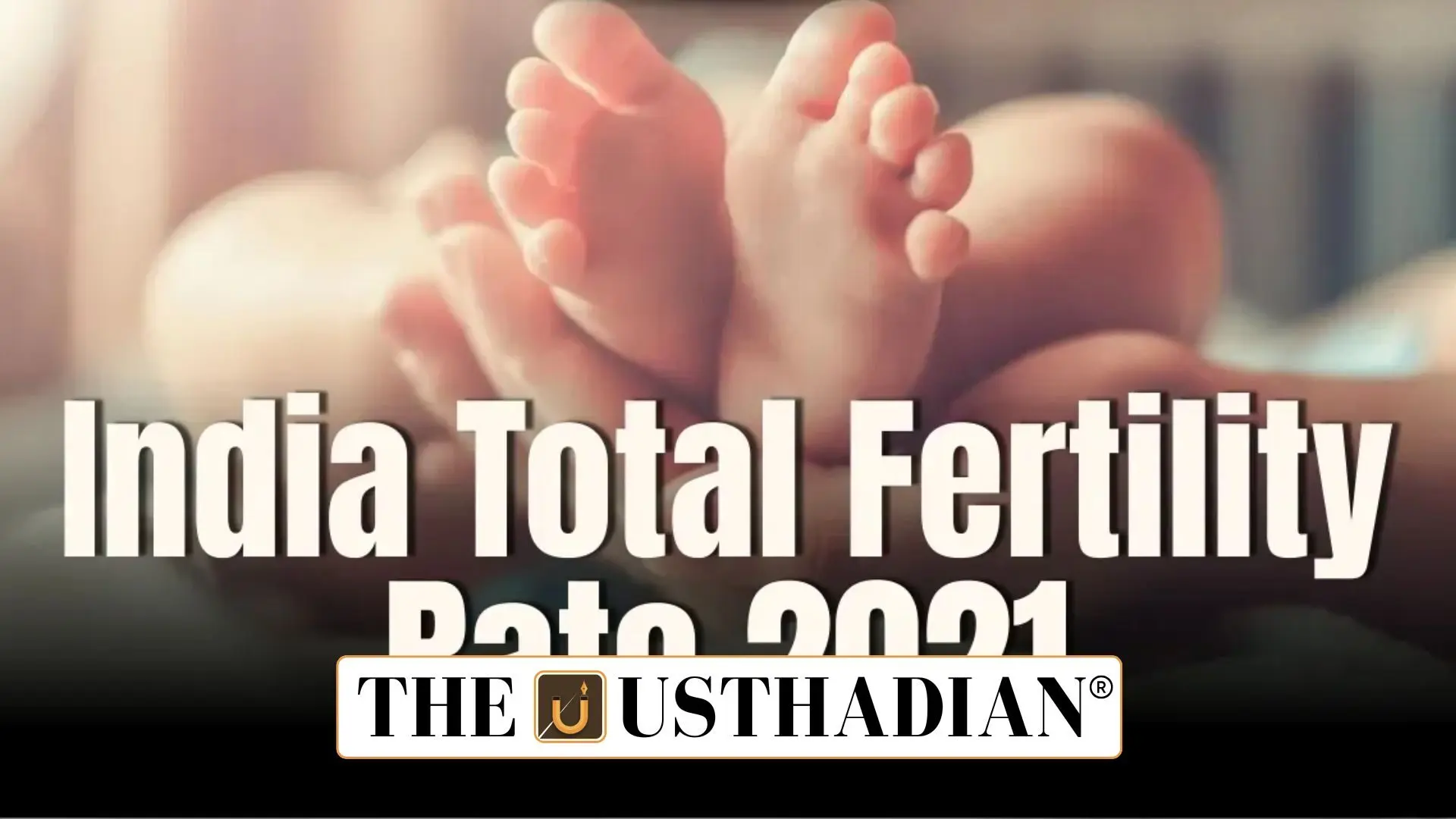Understanding the Population Shift in India
Demographic Trends in India: SRS 2021 Report Summary: India’s population landscape is undergoing a silent transformation. The Sample Registration System (SRS) Statistical Report 2021, released by the Registrar General of India, sheds light on the latest demographic trends, especially focusing on birth rates and fertility patterns across states. The report indicates how different regions are heading in contrasting directions — with southern and western India showing a steep decline in fertility, while northern and eastern states continue to report high population growth. Understanding these shifts is crucial not only for planning health and welfare policies but also for competitive exams like UPSC, TNPSC, SSC, and Banking.
Crude Birth Rate: Who’s Dropping Fast?
The Crude Birth Rate (CBR) reflects the number of live births per 1,000 people annually. India’s average Crude Birth Rate (CBR) in 2021 was 19.3, marking a yearly decline of around 1.12% across the country. Interestingly, states like Tamil Nadu (2.35%), Delhi (2.23%), and Kerala (2.05%) are witnessing nearly double the national average rate of decline. This trend points to better access to education, family planning, and urbanization in these regions.
Meanwhile, states like Rajasthan (0.48%), Bihar (0.86%), and Chhattisgarh (0.98%) showed the slowest decline in birth rates, suggesting continued high fertility trends in these areas. The state of Uttarakhand, in fact, saw a rise in birth rate, defying national patterns.
Fertility Rates: India Nears Replacement Level
A key highlight of the SRS 2021 report is India’s Total Fertility Rate (TFR) reaching 2.0, which is marginally below the replacement level fertility threshold of 2.1. This suggests that India is nearing population stabilization. States like West Bengal (1.4), Kerala (1.6), and Tamil Nadu (1.6) are already well below this threshold, while Bihar (3.0), Uttar Pradesh (2.7), and Madhya Pradesh (2.6) still report significantly higher fertility levels.
The Gross Reproduction Rate (GRR), which measures the average number of daughters a woman is expected to bear, shows a similar pattern — highest in Bihar (1.4) and lowest in West Bengal (0.7). The variations suggest deep regional imbalances that could influence future economic and political planning.
Registration Trends: South Declines, North Surges
The Civil Registration System (CRS) 2021 provides another perspective — focusing on registered births rather than estimates. Interestingly, southern states like Tamil Nadu, Kerala, and Karnataka recorded a decline in registered births, further confirming the trend of falling fertility.
On the other hand, northern and northeastern states such as Bihar, Uttar Pradesh, West Bengal, Arunachal Pradesh, and Nagaland witnessed an increase in registered births. This could be a result of population momentum or improved birth registration mechanisms, especially in previously underreported areas.
The Big Picture: Why This Matters
These demographic shifts offer valuable insights for policymakers and exam aspirants alike. Southern India’s decline in fertility is closely linked to better education for women, access to reproductive healthcare, and higher urbanization. In contrast, northern states still need to invest in public health infrastructure and awareness campaigns to address their growing population pressures.
Understanding this data helps explain challenges related to job creation, urban planning, and resource distribution. For instance, high fertility states may experience more youth population growth, demanding urgent improvements in education and employment. Meanwhile, low fertility states may soon face ageing populations, similar to trends in Japan and South Korea.
STATIC GK SNAPSHOT
| Topic | Details |
| India’s TFR (2021) | 2.0 (below replacement level) |
| State with Fastest CBR Decline | Tamil Nadu – 2.35% |
| State with Highest TFR | Bihar – 3.0 |
| State with Lowest TFR | West Bengal – 1.4 |
| State with Rising CBR | Uttarakhand |
| SRS Released By | Registrar General of India |
| Use in Exams | GS Paper I, Population Policy, Essay, Ethics |








